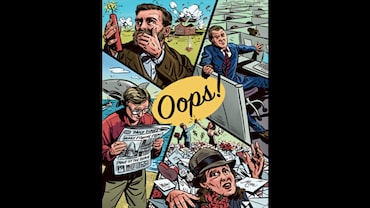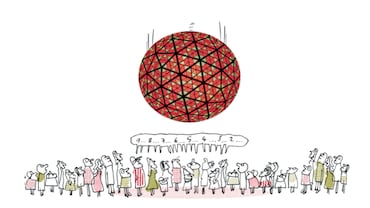- HOME
- /
- Odds and Ends
- /
- Who knew
- /
The Story Of Tobacco: 7 Interesting Facts About This Addictive Substance On No-Tobacco Day
Notoriously hard to quit, the world shares this vice—with China leading the charge and India close on its heels
 Photo: Pexels
Photo: Pexels
Tobacco isn’t good for us—that’s hardly news. But this plant that dates back to the Pleistocene Era 2.5 million years ago and its corresponding vice has survived all manner of laws and sermons—In the 1700s, when smoking took European society by storm, in Turkey you could be beheaded for smoking in public. In Russia and Austria you could be fined, jailed, or tortured, the Catholic Church even tried limiting its use by proclaiming its everyday consumption as sin. The habit is so widespread that World Health Organization in 1987 instituted this day every year to warn the public about the terrible health effects of tobacco and inviting them to join the fight against this daily epidemic.
1. For those who love-loathe the habit, cheer up. If your yearly resolution to kick the habit is not been going as planned, repeat this mantra—smokers can and do quit smoking. According to the Centers for Disease Control and Prevention, since 2002 there have been more former smokers than current smokers.
2. Native Americas, who are said to have been using tobacco as early as 1 B.C., used it for religious, medicinal, and hallucinogenic purposes. They believed that it was a gift from the Great Spirit. The myth has it that in ancient times, when the land was barren and people on earth were starving, the Great Spirit sent a woman to save humanity. She travelled the world and everywhere her right hand touched the soil, potatoes grew. All the places, her left hand touched the soil, there sprang corn. Finally, when the world was lush and fruitful—her work done, she sat down and at last rested. When she rose, there grew tobacco.
3. On 12 Oct, 1492, Christopher Columbus and his landing party set foot on a Caribbean island no European had seen before. The indigenous Arawaks greeted him with gifts of fruit, wooden spears and tobacco—they didn’t know, but the invader had christened their island, San Salvador and claimed it on behalf of the Spanish monarchy. Columbus wrote in his journal, “The natives brought fruit, wooden spears, and certain dried leaves which gave off a distinct fragrance”. What did he give the natives in return for their gifts? A pair of red hats.
 'Landing of Columbus' (Wikimedia Commons)
'Landing of Columbus' (Wikimedia Commons)
4. As the sailors brought back the plant from their travels back to Europe, the cultivation of the plant started in all earnest there. One of the reasons for the plant’s popularity: its curative powers. Europeans believed that the plant was a wonder drug, it was believed to be a remedy for toothaches, nausea, fever—it was even considered capable of curing the bubonic plague. One big proponent of tobacco’s healing powers was French ambassador Jean Nicot, who in 1559 sent back tobacco leaves to friends and family from his post in Portugal, extolling the virtues of this plant. He encouraged them to use it to treat asthma and a host of other illnesses. The Frenchman was commemorated fittingly by French scientists in 1828, when they isolated the chemical that made tobacco addictive. They named it nicotine after him.
5. Tobacco continues to be an essential cash crop, but in the 1600s the effect that tobacco cultivation had on the economy of North America was profound. Tobacco grew to become so essential to the English colonists that it was tendered as legal currency in Maryland and Virginia. It was used to buy groceries and, for a period of time, men would use it to purchase rights to the English women who were imported by the Virginia Company, looking for husbands in the colonies.
6. In USA, the popularity of cigarettes exploded during World War I—they were known as the ‘soldier’s smoke’. They had become so indispensable a ration, that those who opposed sending them to the soldiers were accused of being traitors. General John J. Pershing, who served most famously as the commander of the American Expeditionary Forces (AEF) on the Western Front in World War said, “You ask me what we need to win this war. I answer tobacco as much as bullets.” In 1918, the American war department even bought the entire output of Bull Durham tobacco. By the end of the war, an entire generation came home addicted to cigarettes.
7. Though the ill-effects of smoking were recorded as long back as the 17th century— In 1610, Sir Francis Bacon had noted that trying to quit the habit was really hard, it took as long as 1975 for legislation to be passed in India which made mandatory statutory health warnings on all tobacco products. The Indira Gandhi government called it The Cigarettes (Regulations of Production, Supply and Distribution) Act, 1975. The graphic health warnings that appear on tobacco products now, were only instituted in 2008 under the Cigarette and Other Tobacco Products (Packaging and Labelling) Rules, 2008.






